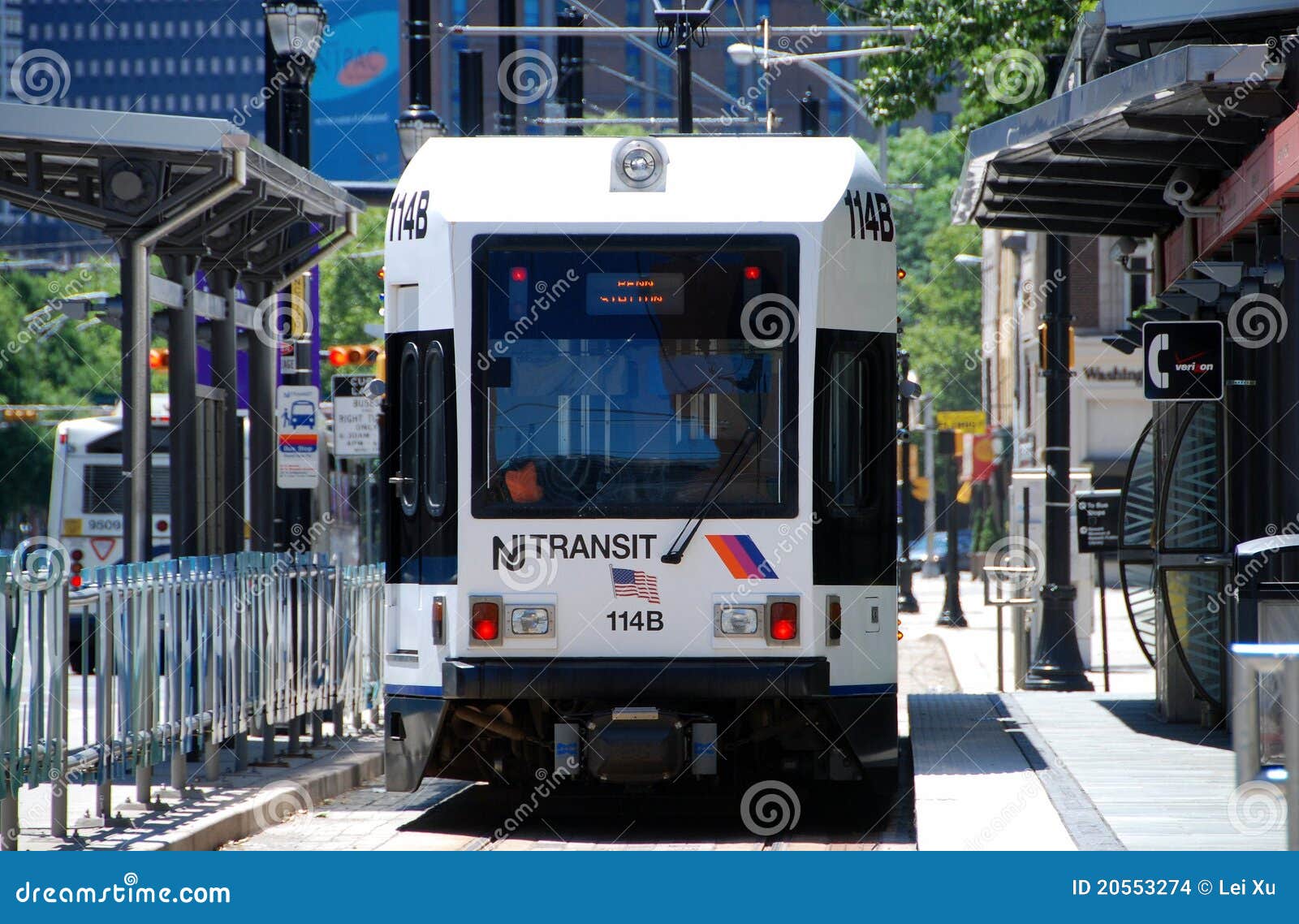
The map’s border does a lot of good work here, clearly separating the two parts of the map, while making it clear that there’s continuity between the sections at Bordentown.

The cleverest part is the way the bottom third of the map gets rotated 45 degrees counter-clockwise to save massive amounts of space: the Atlantic City Line runs neatly across the bottom of the map instead of having to drop towards the southeast. The solution chosen here – a statewide geographical map supplemented with local area insets where needed – isn’t groundbreaking, but it is effective and a massive improvement. Obviously, these are at very different levels of scale and detail, and the diagram struggled because of it, unsatisfactorily compressing the considerable detail around Newark/New York into a very small part of the diagram. One of the main problems with the previous diagram is that it simultaneously had to show a sprawling statewide network as well as local services like PATH, and the Hudson-Bergen light rail.

NJ Transit has been down this path before, with similar maps used around 20 years ago, though this design is considerably cleaner than that very muddy execution. The NJ Transit rail map has basically looked the same – and has retained most of its faults – since I reviewed it back in the very early days of the blog, so it came as a surprise when I discovered that that diagram has been replaced with a new geographical map this month.


 0 kommentar(er)
0 kommentar(er)
